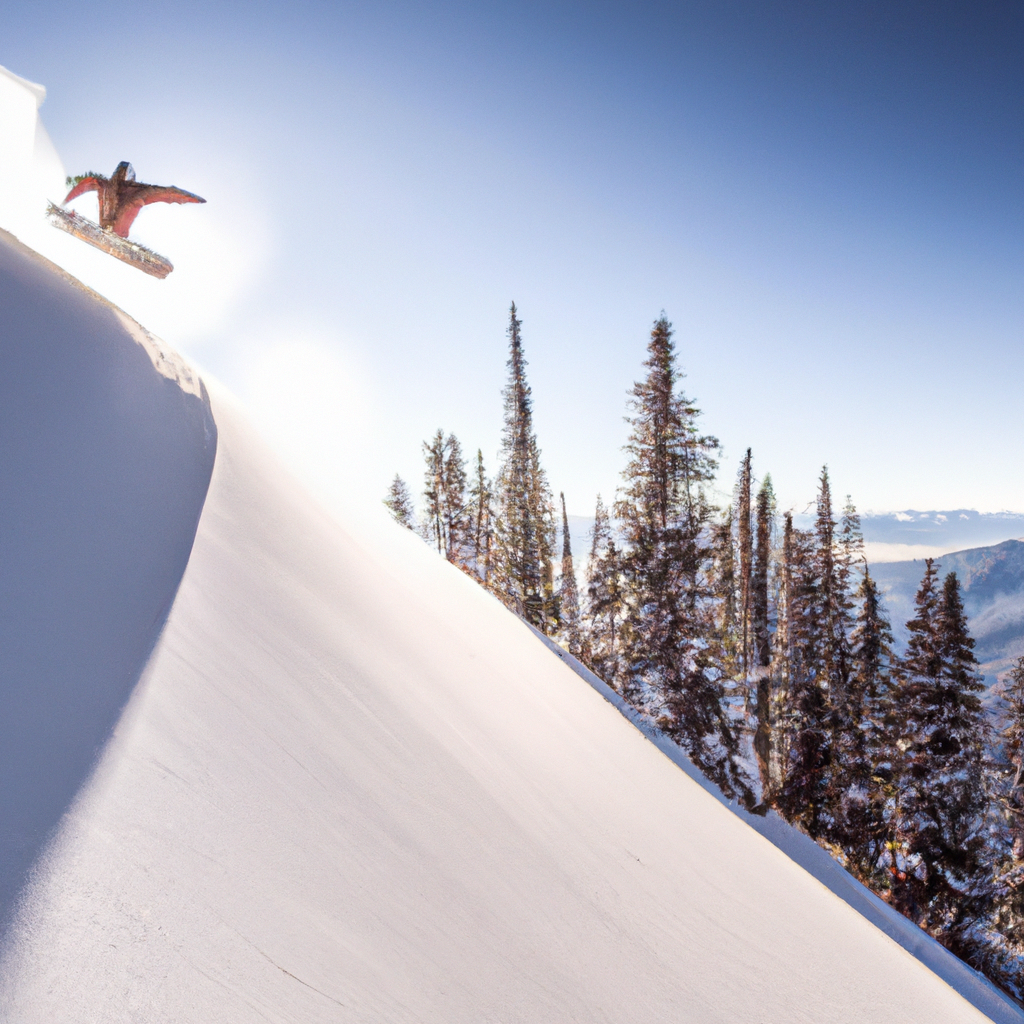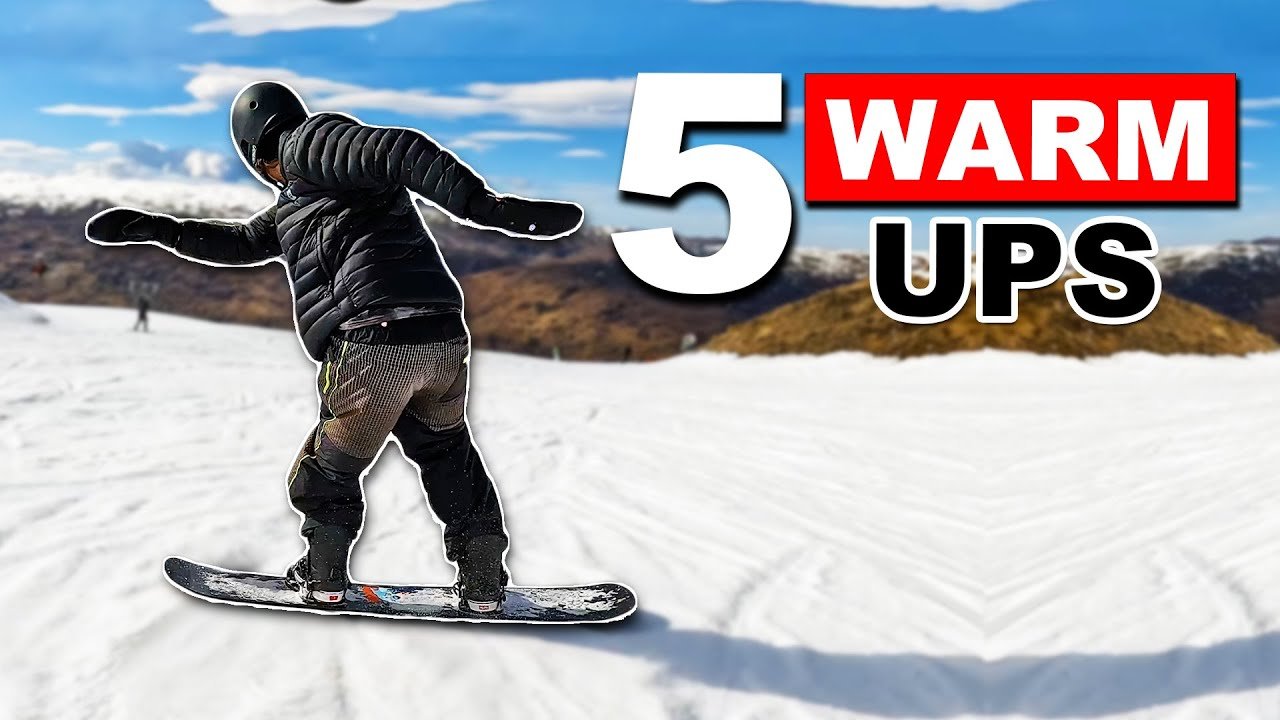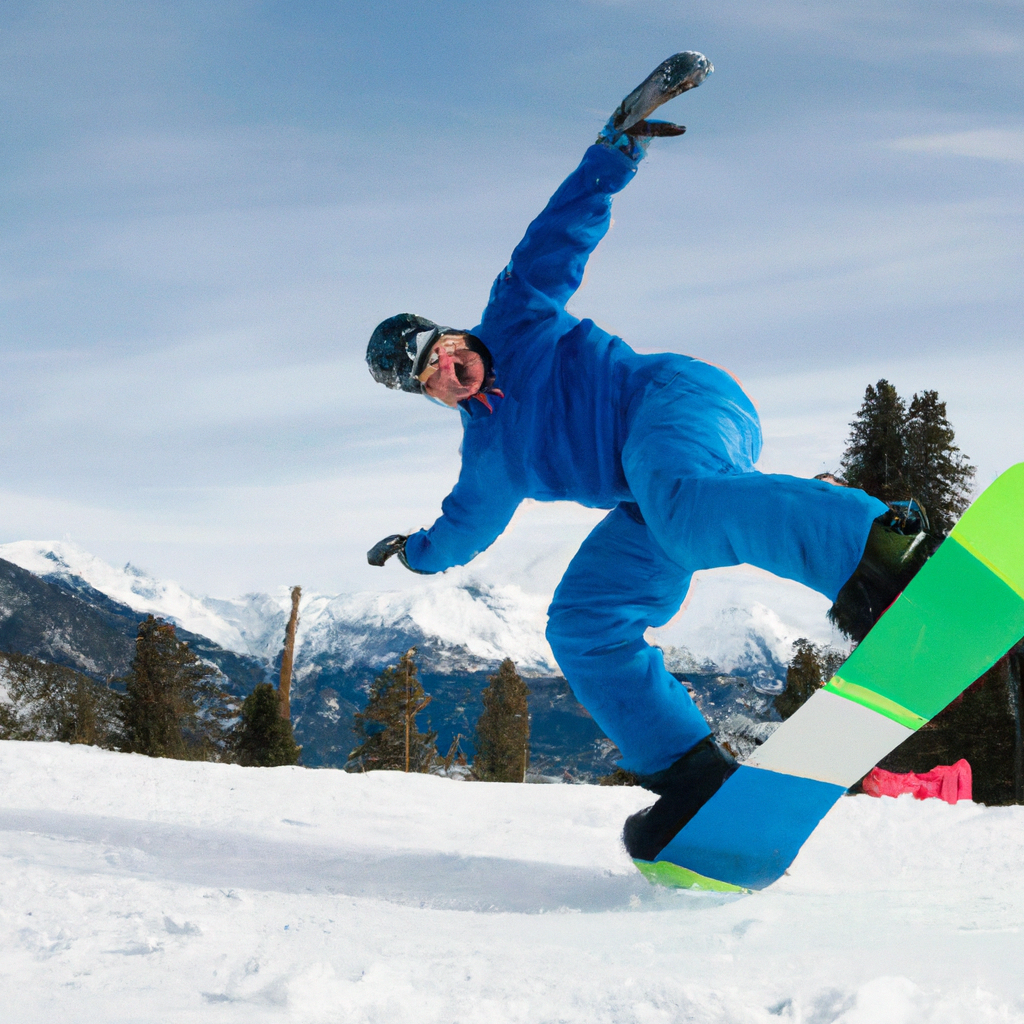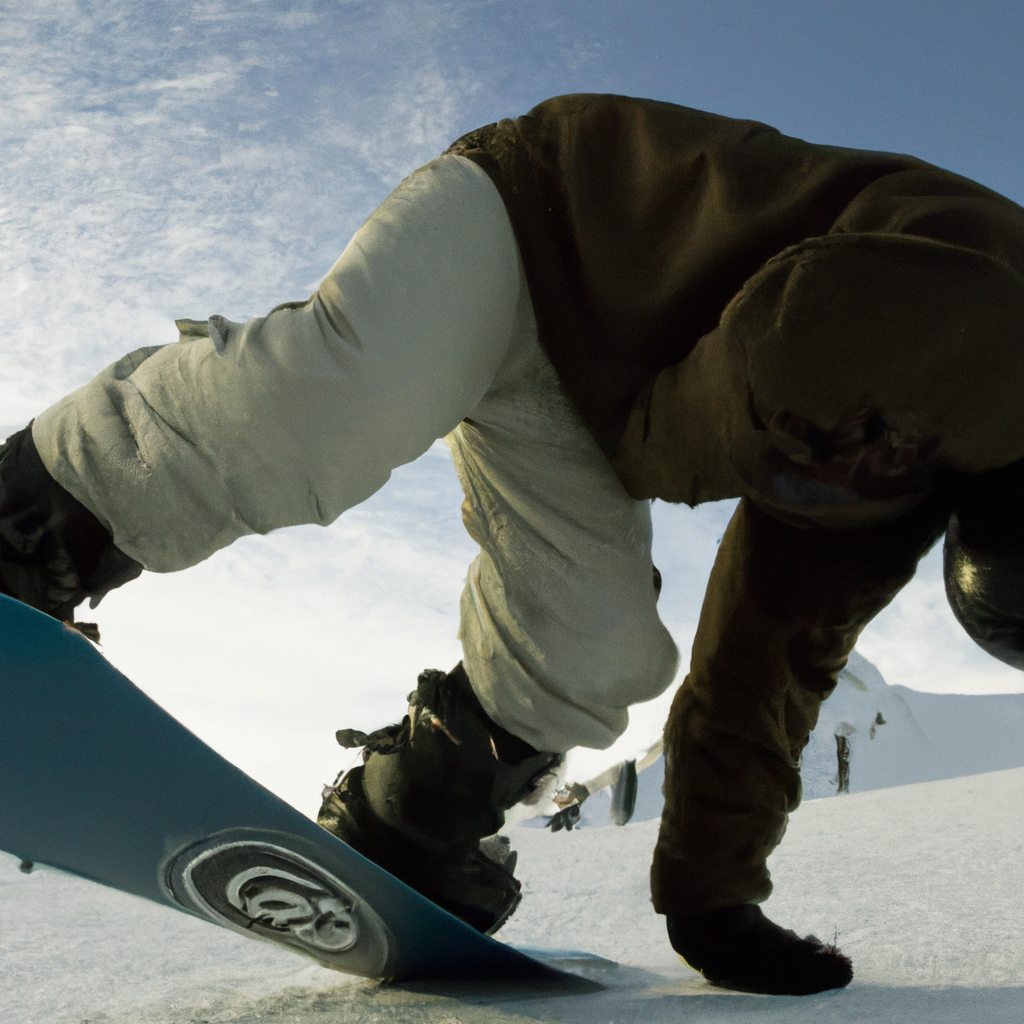
5 Snowboard Warm Ups for your First Run
In the video titled “5 Snowboard Warm Ups for your First Run” by SnowboardProCamp, Kevin shares five warm-up exercises to help improve performance and prevent injuries while snowboarding. The first warm-up involves doing arm circles to warm up the shoulders, which are prone to common injuries when falling. Twisting on the slope is the second warm-up and helps warm up the core and increase flexibility for turns and tricks. The third warm-up is squatting down on the snowboard, which encourages bending the knees and hips and improves overall performance. Switch riding, or transitioning between normal riding and riding switch, is the fourth warm-up that challenges balance and helps break down turns. Lastly, spending 10 minutes doing moving stretches before strapping on the snowboard helps prevent possible injuries and improves flexibility. Kevin encourages viewers to incorporate these warm-up exercises into their snowboarding routine to enhance their performance and have a safe and fun experience on the slopes.

Introduction
In this article, we will discuss five essential warm-up exercises that can prepare you for your first run on a snowboard. These warm-ups are designed to help prevent injuries and improve your performance on the slopes. By incorporating these exercises into your routine, you can ensure a safer and more enjoyable snowboarding experience.
Arm Circles
One of the most common injuries in snowboarding is shoulder injuries. When you fall, your arms are often the first to make contact with the ground, putting a significant amount of strain on your shoulders. To prevent such injuries, it is important to warm up your shoulders before hitting the slopes.
Arm circles are a simple yet effective warm-up exercise for the shoulders. As you ride, extend your arms out to the sides and start making circular motions with them. This motion helps to increase blood flow to the shoulder muscles and joints, preparing them for the physical demands of snowboarding. By incorporating arm circles into your warm-up routine, you can reduce the risk of shoulder injuries and improve your overall performance on the mountain.
Twists or Shifts
Twisting at your core is a fundamental movement in snowboarding. Whether you are making turns or attempting tricks in the park, the ability to twist is crucial. However, without proper warm-up, twisting can strain your muscles and make you feel uncomfortable.
To warm up your core and improve your flexibility, try incorporating twists or shifts into your warm-up routine. As you ride, engage your core muscles and start twisting your upper body from side to side. This exercise helps to loosen up your torso and stretch your abdomen, making it easier for you to twist during turns or tricks. The more twists you do, the more flexible and warmed up your core will become, leading to better performance on the slopes.
Squatting Down
Bending your knees and getting low is a fundamental aspect of snowboarding technique. However, if you feel that you are standing up too tall or struggling to maintain a low stance, incorporating a squatting warm-up exercise can be beneficial.
As you slide down the slopes, practice squatting down as low as possible on your snowboard. This exercise encourages you to bend your knees, hips, and ankles, warming up these joints and improving your range of motion. By getting low and focusing on proper positioning, you can enhance your stability and overall performance on your snowboard.

Switch Riding
Switch riding, which involves riding with the opposite foot forward, can be a challenging but essential skill to have as a snowboarder. It helps to improve your balance and coordination, and it can also unlock a wide variety of tricks and maneuvers.
Incorporating switch riding into your warm-up routine can be beneficial for both your physical and mental preparation. By switching between your normal riding stance and switch riding on your first run, you challenge your balance and force yourself to think more consciously about your turns and movements. Initially, switch turns may feel awkward, but with practice, they will become more fluid and natural, ultimately improving your overall snowboarding abilities.
Moving Stretches
Snowboarding is a physically demanding sport that requires strength, flexibility, and agility. To prevent injuries and ensure optimal performance, it is important to incorporate dynamic stretches into your warm-up routine.
Spending just 10 minutes before strapping on your board to perform moving stretches can significantly benefit your body. These stretches help to increase blood flow to your muscles, improve joint mobility, and enhance your overall flexibility. By targeting tight areas and loosening them up, you can ride with more comfort and confidence. Additionally, moving stretches can help prevent muscle imbalances and alleviate any discomfort or tightness during your snowboarding session.

Conclusion
Incorporating warm-up exercises into your snowboarding routine is essential for staying injury-free and improving your performance on the slopes. By practicing arm circles to warm up your shoulders, twists or shifts to activate your core, squatting down to improve your range of motion, switch riding to challenge your balance and mental focus, and moving stretches to enhance flexibility, you can ensure a safer and more enjoyable snowboarding experience.
Remember, these warm-up exercises should be done before each session to properly prepare your body for the physical demands of snowboarding. Stay safe, have fun, and enjoy your time on the mountain!
